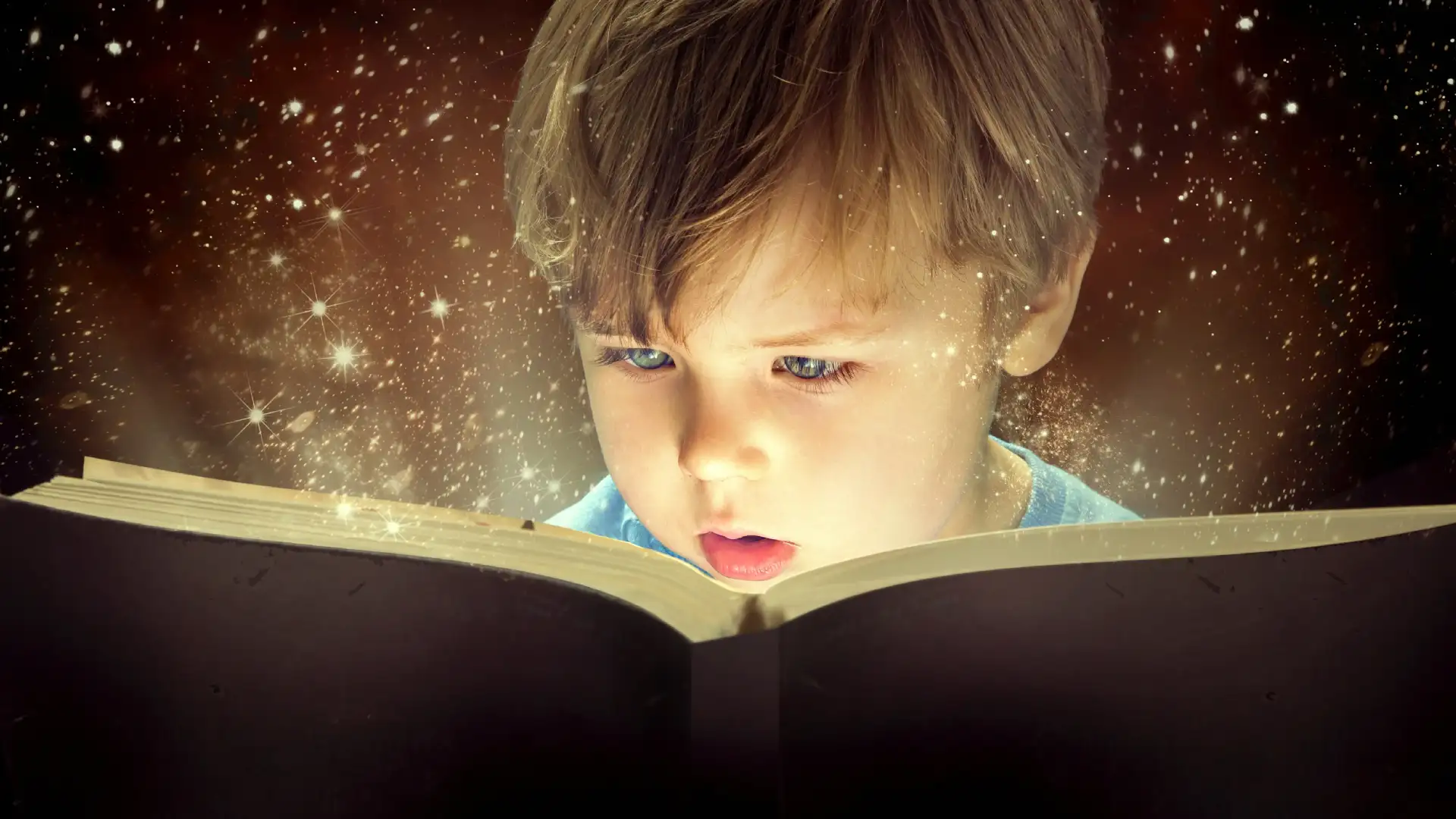
Celebrating Diversity and Fostering Inclusion
June 7, 2023 | 2years | Giglets News
In today's diverse society, introducing children to a wide range of texts is paramount to their educational journey. By embracing diversity and inclusion in children's reading materials, educators can foster a sense of belonging, promote empathy, and ignite a love for learning. In this article, we will explore the importance of offering a variety of texts in the classroom and how it enriches children's educational experiences.
Representation Matters:
One of the key aspects of introducing children to a variety of texts is ensuring that they encounter characters and stories that reflect the real world. In the National Literacy Trust's Annual Literacy Survey, it was found that many children find it challenging to find books with characters or people who resemble their own backgrounds. However, when children can identify with the stories and characters they encounter in literature, it instils a sense of confidence and validation. By providing books that represent diverse cultures, children can see themselves reflected in the stories they read.
Cultivating Interest and Engagement:
A crucial factor in encouraging children to read is tapping into their interests. When children find books that align with their hobbies, passions, or cultural backgrounds, they are more likely to become engaged readers. Offering books that cater to pupil interests can spark excitement and curiosity. For example, a student interested in sports may be thrilled to read biographies of famous athletes or books about the history of their favourite sport. By capitalising on children's passions, educators can create a pathway to broader reading exploration.
Broadening Perspectives through Shared Reading:
Shared reading activities play a vital role in broadening children's perspectives and fostering a sense of community in the classroom. By incorporating a wide range of texts during shared reading sessions, teachers can share different cultures, experiences, and themes with learners. This not only expands their knowledge but also cultivates empathy and understanding among classmates. By exploring both fiction and non-fiction texts, children gain a deeper appreciation for the diversity of the world around them.
Embracing Multicultural Literature:
To create an inclusive learning environment, it is essential to represent different cultures in a school's reading materials. By offering literature that goes beyond traditional themes and includes stories specifically written for children from diverse backgrounds, educators celebrate the richness of cultural heritage. This exposure fosters a deeper understanding of other children's backgrounds and cultivates a sense of unity and respect among students. It also provides an opportunity for children to develop a broader perspective and develop curiosity about the world.
Supporting English Language Learners:
For children with English as an Additional Language (EAL), providing reading materials in their home language can enhance their sense of belonging and support their language development. Offering texts in multiple languages, where possible, allows EAL students to engage with literature in a way that is familiar and comforting. This not only helps them build reading confidence but also promotes inclusivity within the classroom. By embracing linguistic diversity, educators can create an environment where all students feel valued and empowered.
To explore more strategies and insights on boosting reading engagement, make sure to download the full Giglets Primary Reading Report.
